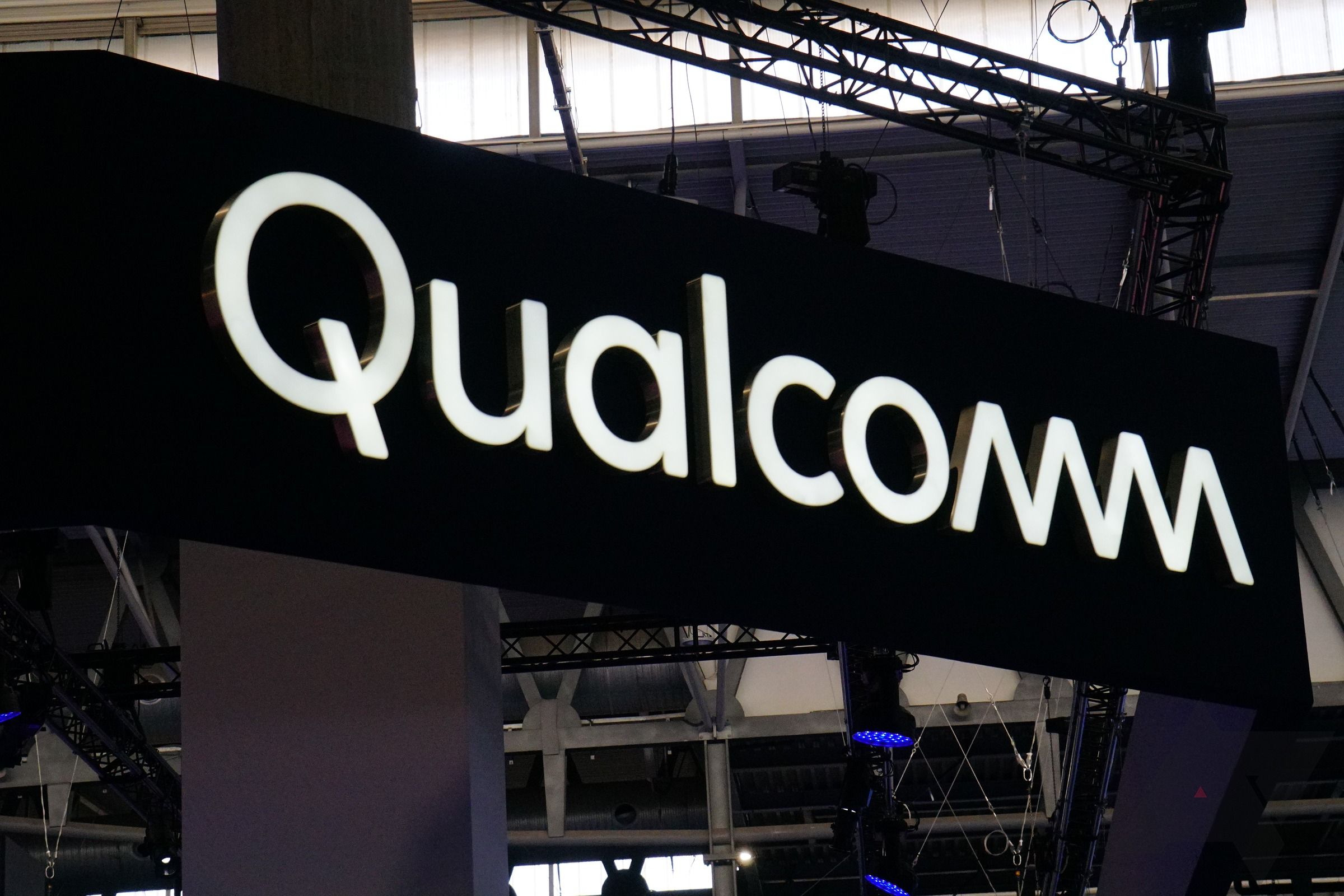Whether you're grabbing the OnePlus 10 Pro or any of Samsung's Galaxy S22 series, it's easy to get your hands on a device powered by Qualcomm's Snapdragon 8 Gen 1 chipset. It looks like we won't have to wait much longer to see the 7-series chips in action, as a new leak showcases exactly what to expect from its next mid-range processors.
A post by leaker Digital Chat Station on Weibo reveals that the new Qualcomm chip will boast ARM Cortex-A710 and Cortex-A510 cores, as spotted by XDA Developers. These are essentially the same cores in the flagship Snapdragon 8 Gen 1 chipset, so you can expect significant performance boosts — at least on paper — over the lineup's current top dog, the Snapdragon 780 5G.
The upcoming chipset will be based on the 4nm manufacturing process and octa-core configuration that have become unwritten industry standards. The CPUs will be arranged in clusters of four Cortex-A710 performance cores and four Cortex-A510 efficiency cores with almost flagship level clock speeds. For context, the efficiency cores will max out at 1.8GHz like the 8 Gen 1, while the performance cores will peak at 2.36GHz, just .14 shy of the 8 Gen 1's 2.5GHz. That said, the 8 Gen 1's Cortex-X2 core, clocked at 3GHz, puts it far ahead of the new 7 series chip.
Although the new chip's CPU is comparable to the 8 Gen 1's, the same cannot be said of the GPU. It will pack an Adreno 662, a clear upgrade over the 780 5 G's Adreno 642 but far behind the Snapdragon 8 Gen 1's more powerful Adreno 730. But going by the GPU number, the Snapdragon 7 series chip might be as powerful, if not better, than the older Snapdragon 888, which packed an Adreno 660.
There's still a lot we don't know about the upcoming chipset. For example, it's unclear what name it'll be called — will it follow the new naming structure, switching to "Snapdragon 7 Gen 1," or stick with the old-school scheme? — what node Qualcomm will choose to go with, or what specific features it would support. We'll keep you updated once more details about the upcoming SoC surface.

